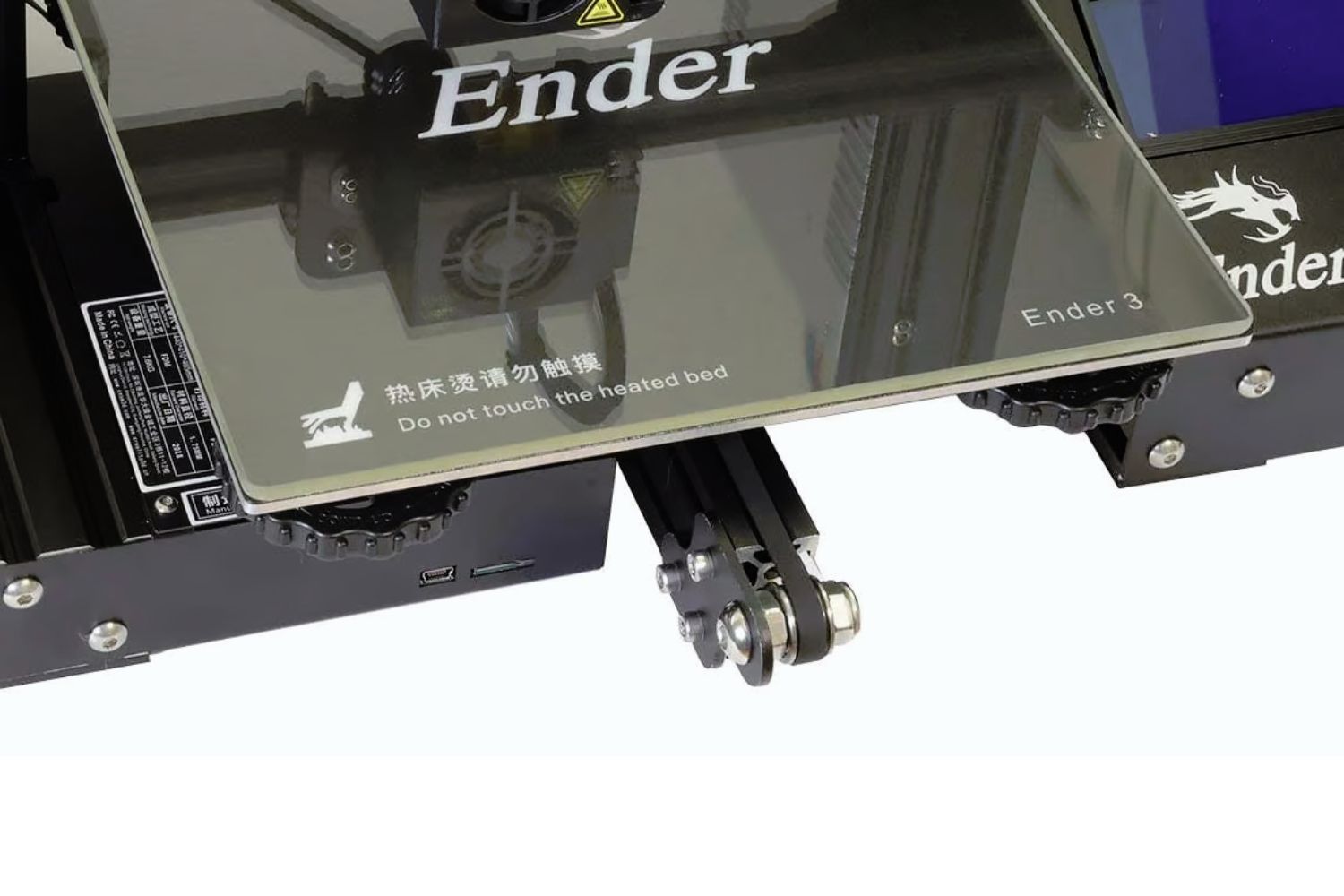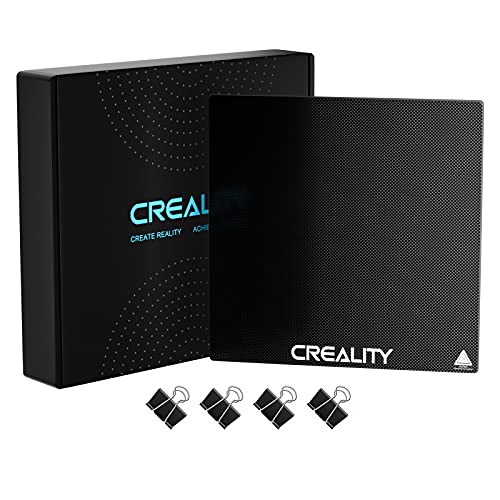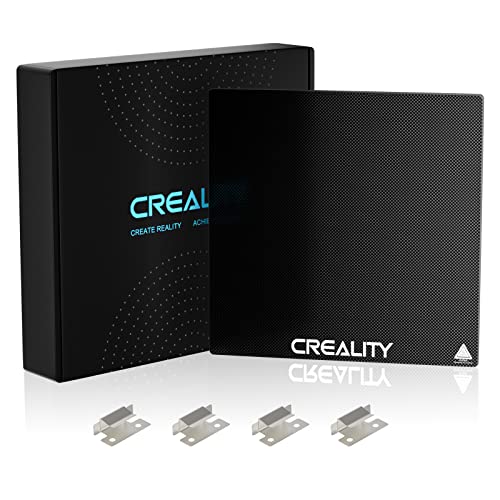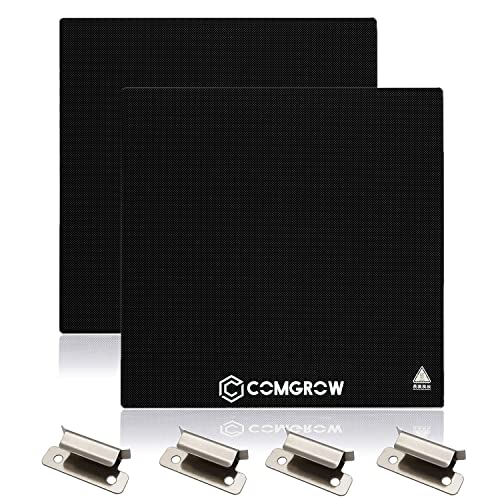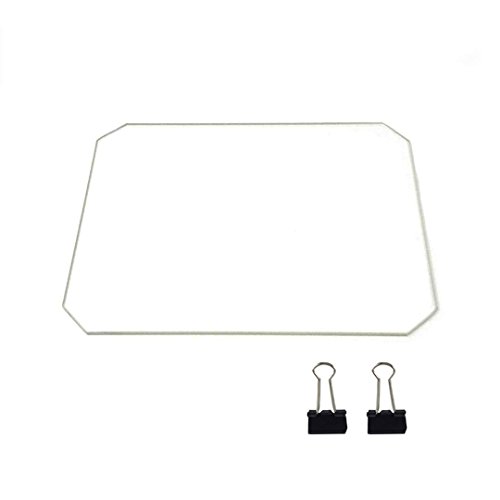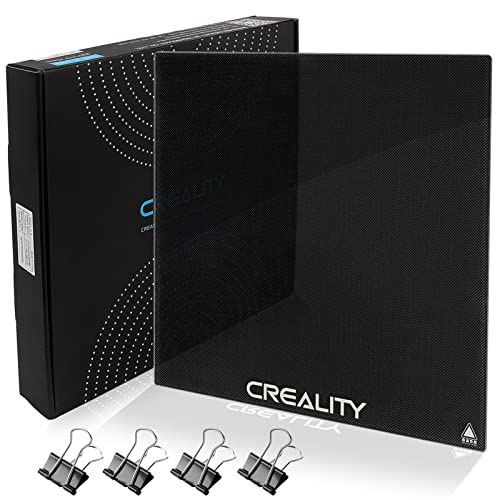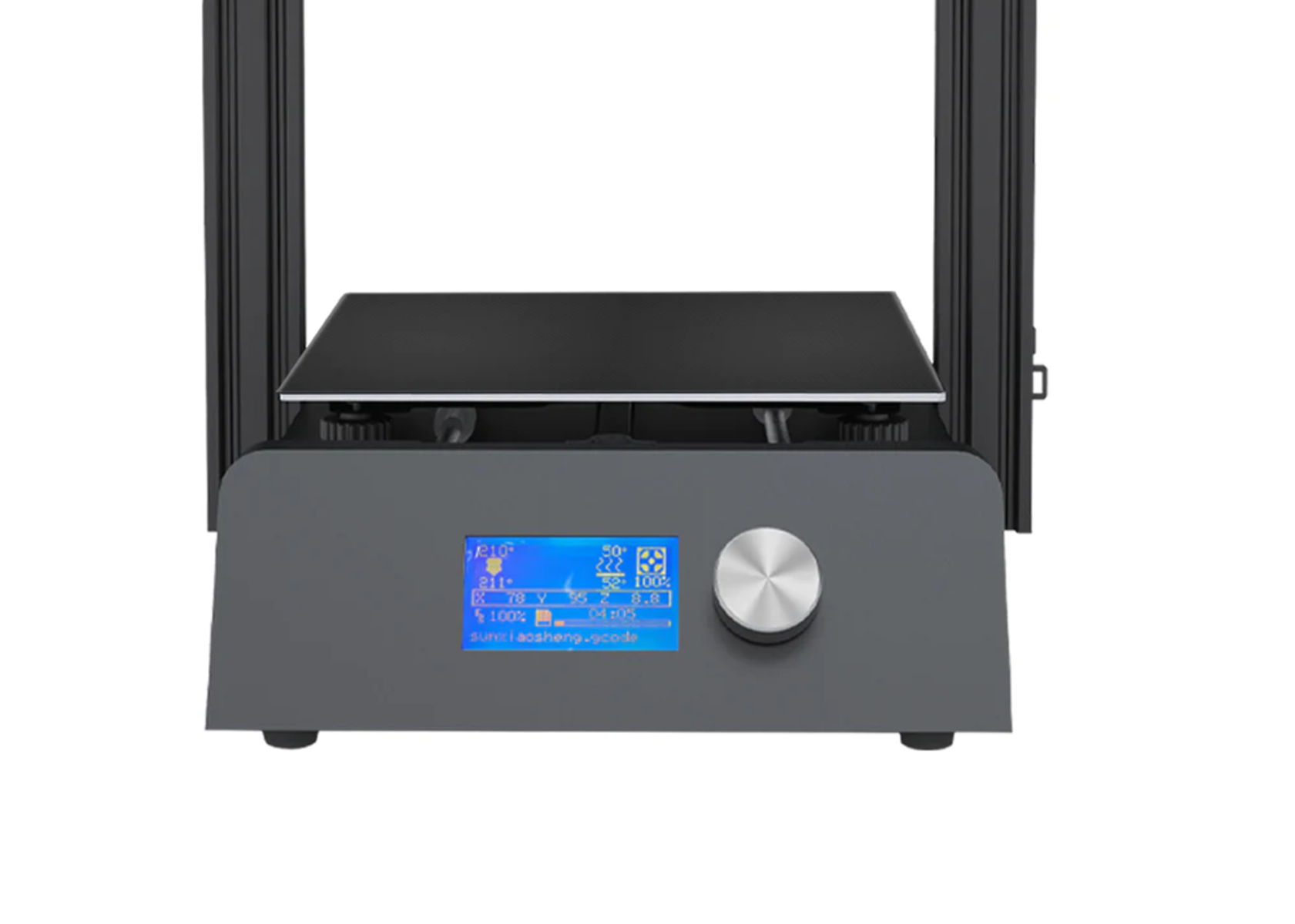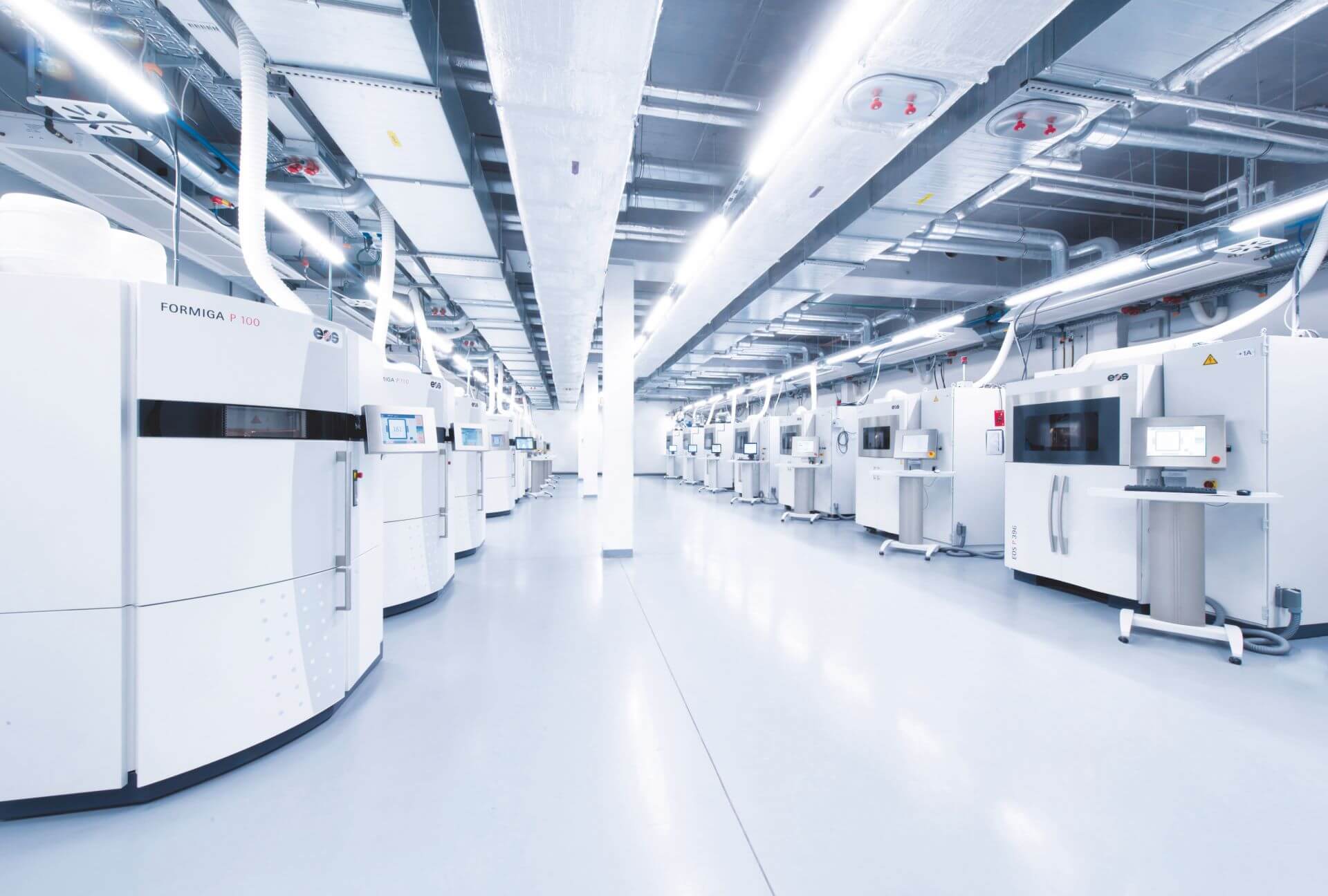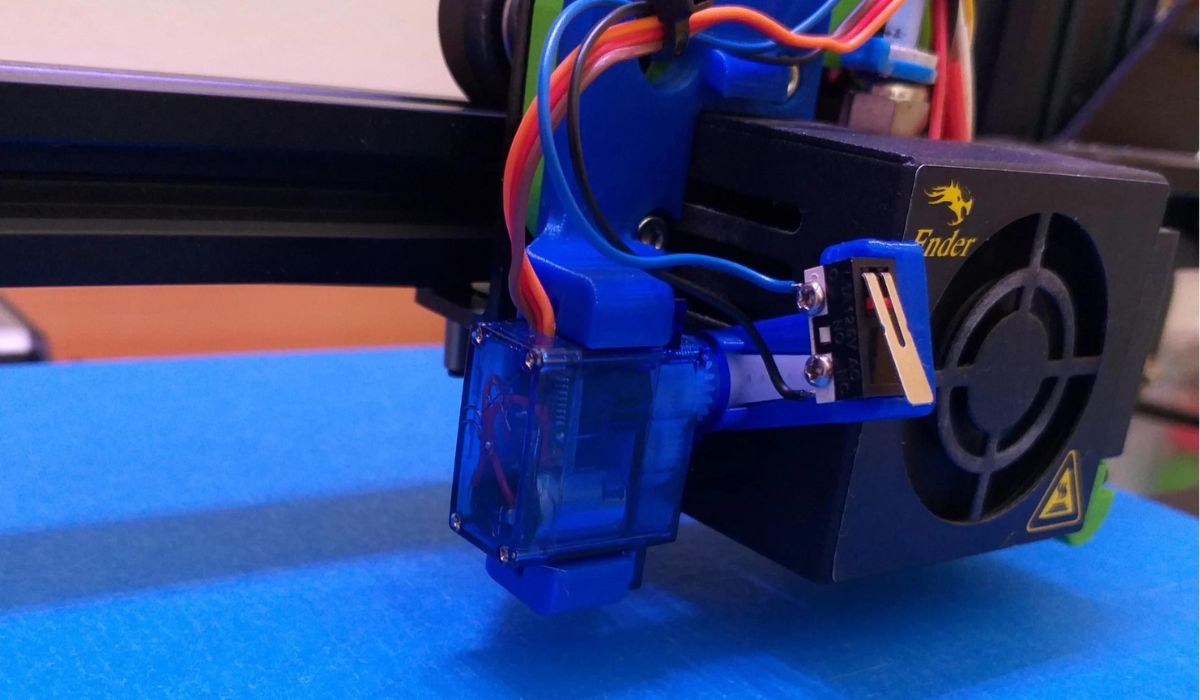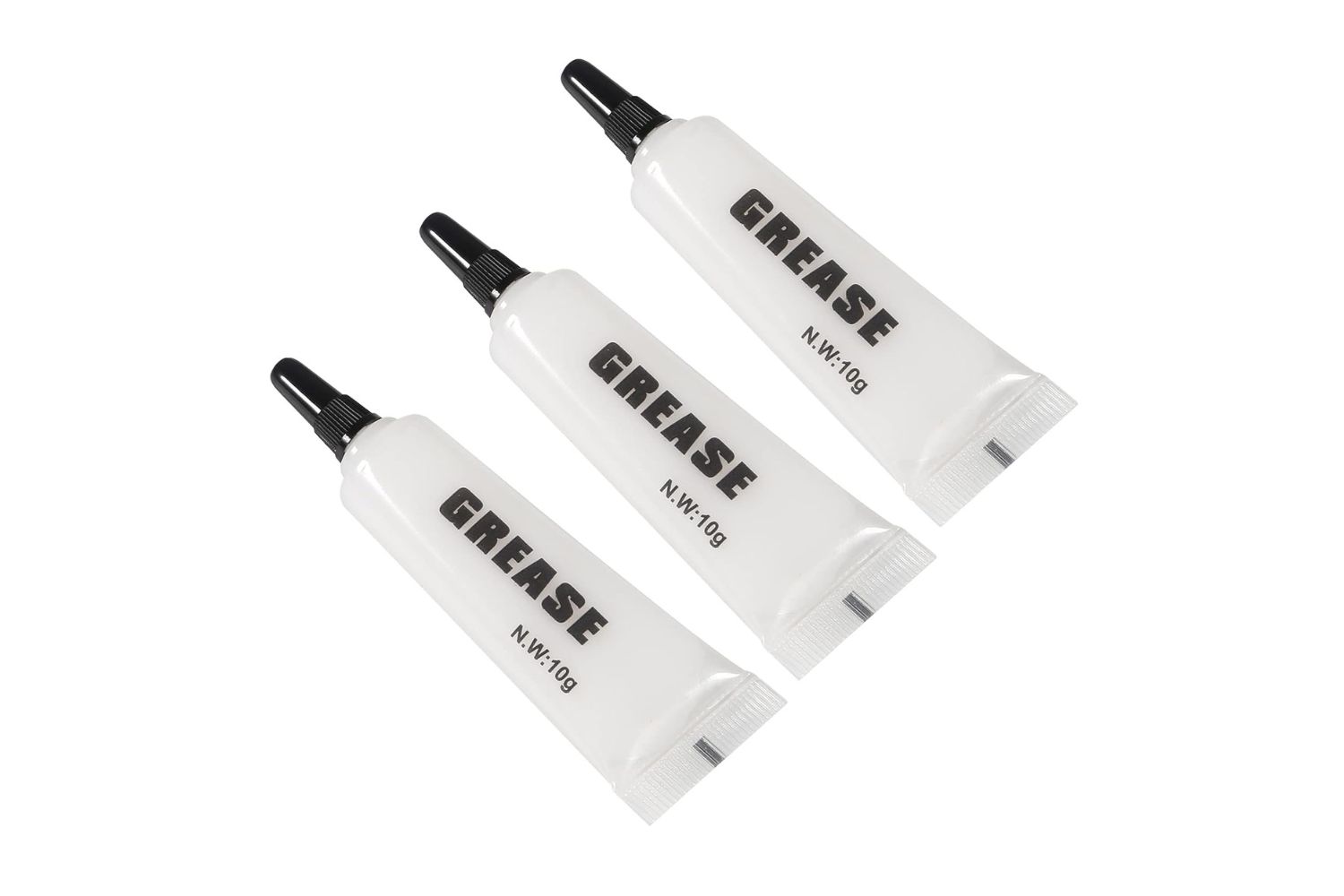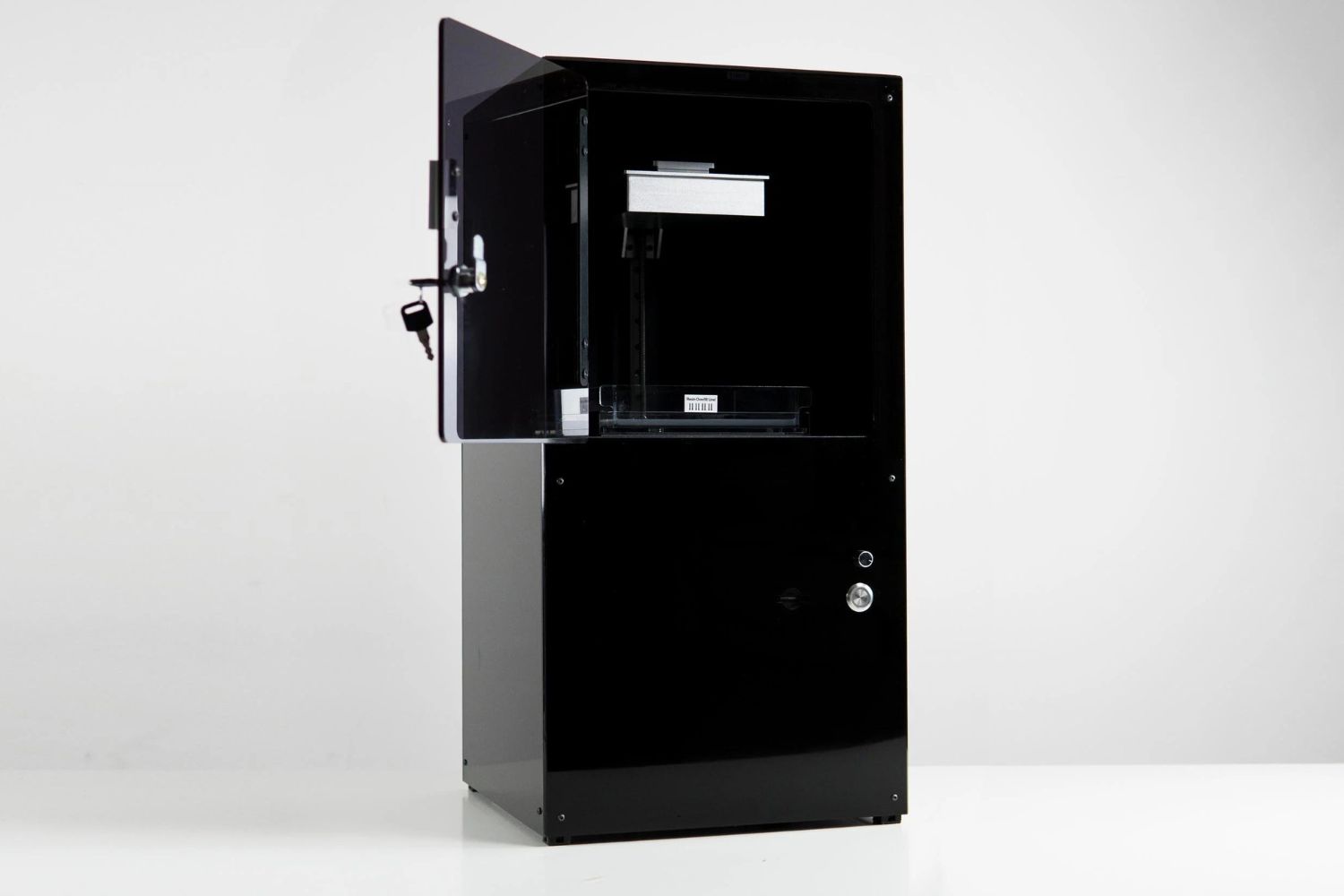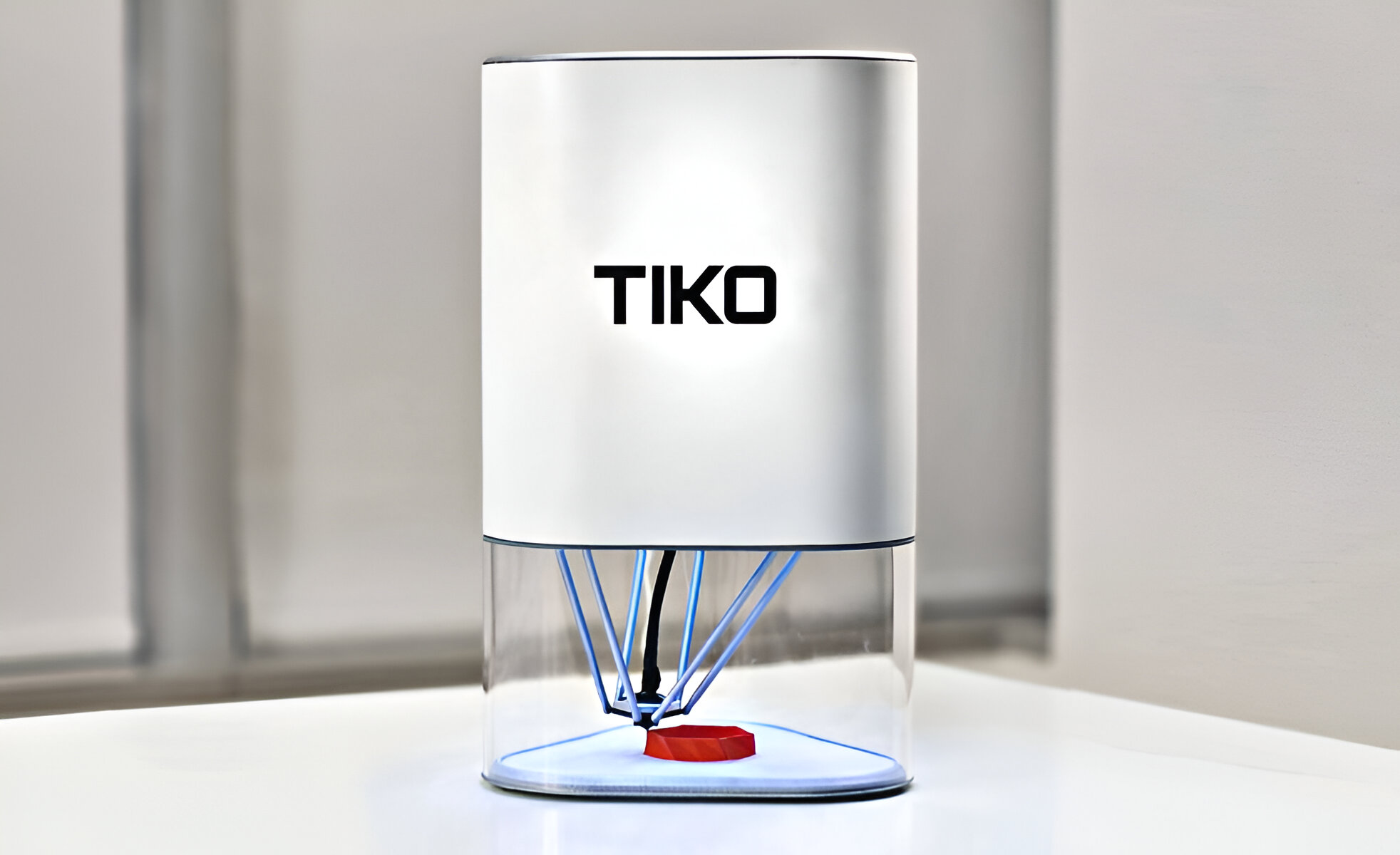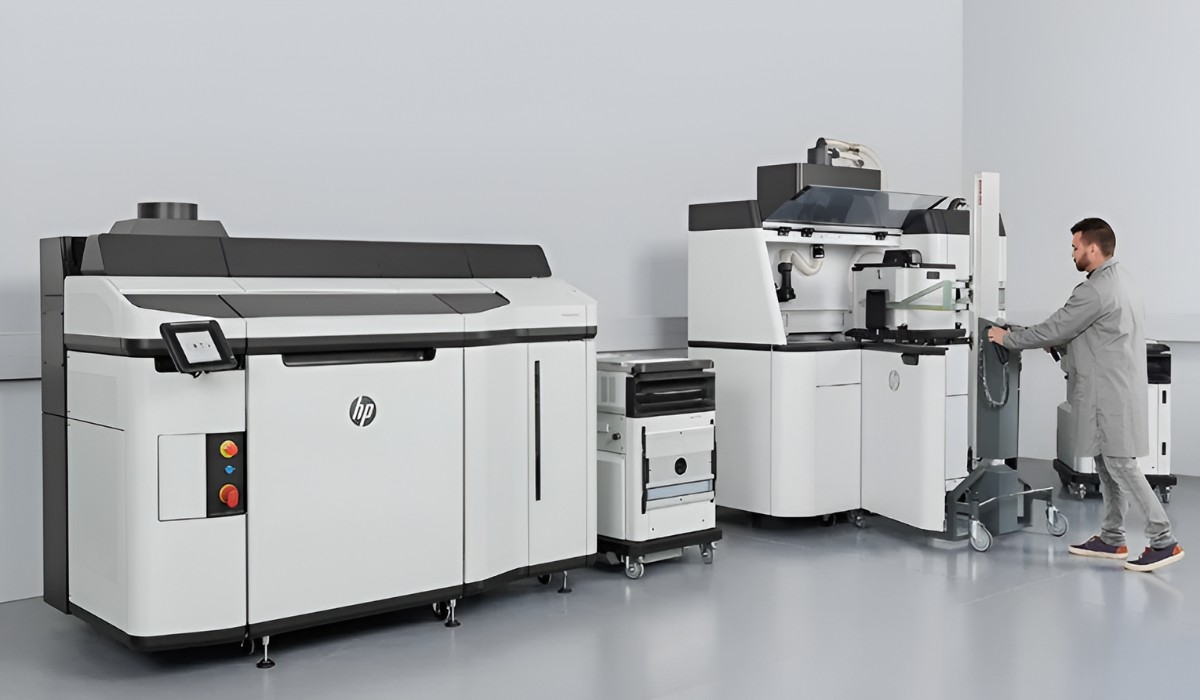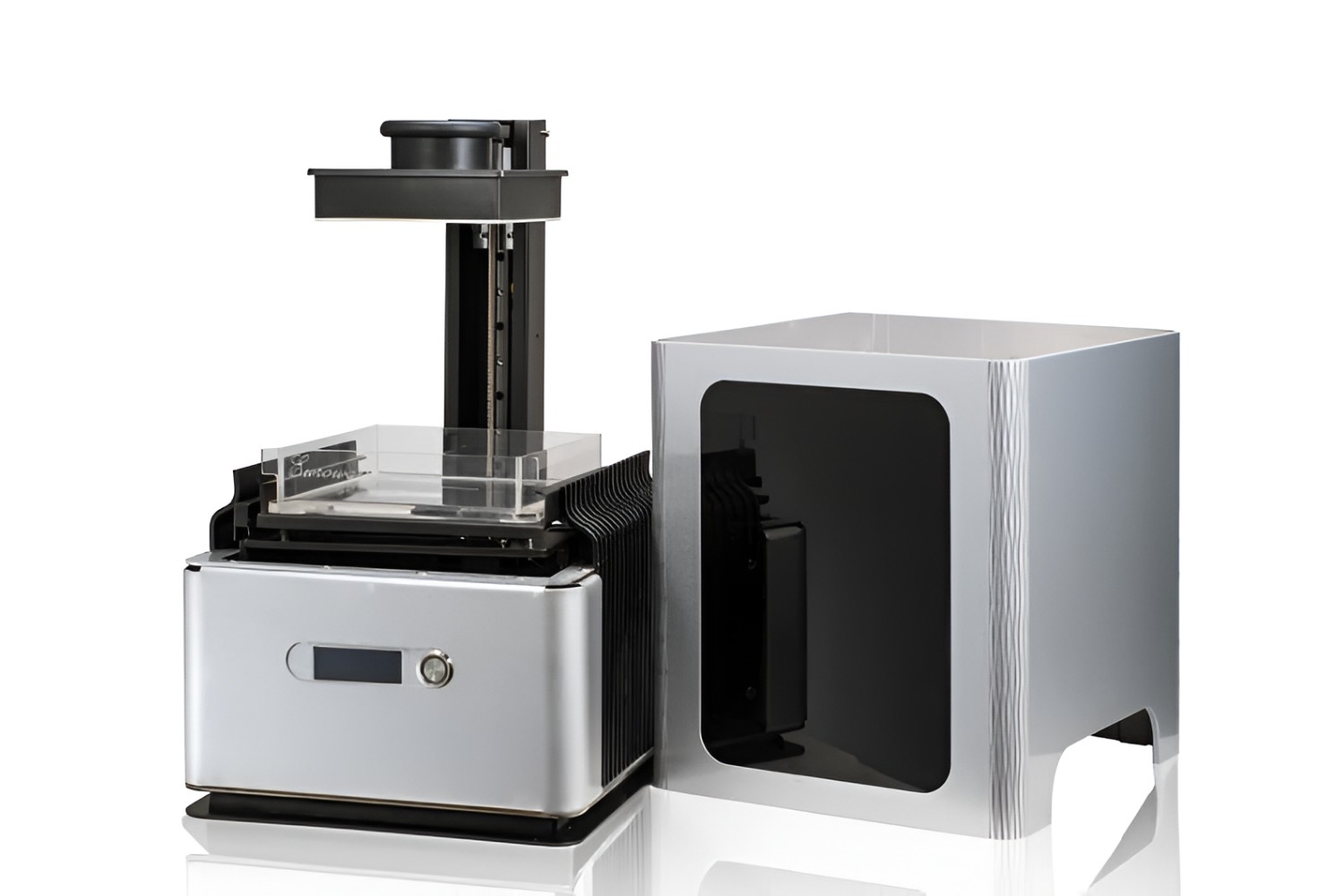Introducing the 5 Best 3D Printer Glass Bed For 2023. As the demand for high-quality 3D prints continues to rise, having a reliable and efficient printing surface is crucial. A glass bed offers excellent adhesion, improved print quality, and easy maintenance, making it a popular choice among 3D printing enthusiasts. In this article, we will explore the top five glass bed options for 2023, highlighting their features, compatibility, and durability. Whether you are a seasoned maker or just starting your 3D printing journey, investing in one of these best 3D Printer Glass Bed options will undoubtedly elevate your printing experience to new heights.
Overall Score: 9/10
Upgrade your 3D printer with the Creality Ender 3 Glass Bed. This tempered glass plate offers excellent flatness and prevents edge curling, providing a smooth build surface for your prints. With its high-grade borosilicate glass material, the bed is durable and capable of working at high temperatures. The microporous composite coating ensures easy print removal without the need for tools. It is compatible with various Creality 3D printers and other Cartesian style printers with an MK2 MK3 hotbed. The Creality Ender 3 Glass Bed is a reliable and essential addition to your 3D printing setup.
Key Features
- Compatibility with Creality 3D printers and other Cartesian style printers
- No edge curling with super strong adhesion
- Easy removal of prints with microporous composite coating
- Excellent flatness for high-quality 3D prints
- Made of 100% Genuine Borosilicate Glass
Specifications
- Color: Black
Pros
- High-quality prints with excellent adhesion
- Easy removal of prints without tools
- Durable and capable of working at high temperatures
- Easy to clean
Cons
- Some users may have difficulty removing prints
- Coating may come off with prolonged use
The Creality Ender 3 Glass Bed is a fantastic upgrade for any 3D printer enthusiast. With its excellent flatness, strong adhesion, and easy print removal, it provides a reliable and convenient build surface. The high-grade borosilicate glass material ensures durability and allows for high-temperature printing. While some users may encounter difficulties removing prints and the coating may wear off over time, these minor drawbacks can be easily overcome with proper handling and maintenance. Overall, the Creality Ender 3 Glass Bed is a valuable addition to enhance the quality and efficiency of your 3D printing projects.
Overall Score: 8/10
The Creality Ender 3 Glass Bed is a must-have upgrade for 3D printers. With its wide compatibility and improved features, this tempered glass build plate provides a flatter and more durable build surface. The microporous composite coating allows for easy removal of prints, saving you time and effort. The inorganic coating ensures no edge curling, providing a better printing experience. The Creality glass bed is made of high-quality borosilicate glass, ensuring durability and easy cleaning. Compatible with various 3D printers, this upgrade will enhance your printing results and make your prints look spectacular. If you're looking for a reliable and efficient build plate, the Creality Ender 3 Glass Bed is the perfect choice.
Key Features
- Wide Compatibility
- Easy to Remove Prints
- Superior Flatness
- Durable & Easy to Clean
- No Edge Curling
Specifications
Pros
- Wide compatibility with various 3D printers
- Easy removal of prints saves time
- Flatter and smoother build surface
- Durable and easy to clean
- No edge curling for better adhesion
Cons
- Learning curve for optimal use
- Prints can be difficult to remove
- May require additional adhesion methods for some materials
- Clips may not fit glass bed
- Possible thermal errors with some machines
The Creality Ender 3 Glass Bed is a reliable and efficient upgrade for your 3D printer. Its wide compatibility, easy print removal, superior flatness, and durable construction make it a valuable addition to any printing setup. While there may be a learning curve and potential issues with print removal and thermal errors, the overall performance and quality of this glass bed are commendable. If you’re looking to enhance your printing experience and achieve better adhesion and print results, the Creality Ender 3 Glass Bed is definitely worth considering.
Overall Score: 7.5/10
The Comgrow 2PCS Ender 3 Pro Glass Bed is an upgraded tempered glass plate designed specifically for Creality Ender 3 Pro/Ender 3 V2/Ender 3 V2 Neo/Ender 3 Neo/3 S1/3 S1 Pro/5 Pro 3D printers. With its composite coating, this glass bed prevents edge curling of prints and offers long durability with its high hardness. The bed also features extra clips for easy model removal, making it hassle-free to take off prints. It is compatible with a wide range of 3D printers and offers a printing area of 235x235x4mm. While the product does have some drawbacks such as the glass being prone to scratching and the clips being a bit short, overall, it provides good adhesion and delivers quality prints.
Key Features
- No edge curling
- Long durability
- Extra glass clips
- Easy model removal
- Wide compatibility
Specifications
Pros
- Good adhesion
- Easy model removal
- Wide compatibility
Cons
- Glass prone to scratching
- Short clips
The Comgrow 2PCS Ender 3 Pro Glass Bed offers an affordable and reliable upgrade for Creality Ender 3 Pro/Ender 3 V2/Ender 3 V2 Neo/Ender 3 Neo/3 S1/3 S1 Pro/5 Pro 3D printers. With its composite coating, it prevents edge curling and provides a durable printing surface. The extra clips and easy model removal feature add convenience to the printing process. While the glass bed is prone to scratching and the clips could be longer, the overall performance is satisfactory, delivering good adhesion and quality prints. If you’re looking to enhance your 3D printing experience, this glass bed is a worthy investment.
Overall Score: 8.5/10
Upgrade your Monoprice Select Mini 3D printer with this Borosilicate Glass Bed. With a size of 130mm x 160mm x 3mm and corners cut specifically for the Monoprice MP Mini Select, this glass bed provides a high binding power when heating, making it easy to separate the plastic parts when cooling. The flat polished edge ensures safety during use, reducing warping and keeping the printing surface level. Upgrade your aluminum heat bed and improve print quality with this glass bed upgrade.
Key Features
- Borosilicate Glass with high binding power
- Size: 130mm x 160mm x 3mm, Corners cut
- Safe to use with flat polished edge
- Upgrade aluminum heat bed
- Reduces warping and keeps printing surface level
Specifications
- Size: 130x160x3mm
Pros
- Easy installation and re-leveling
- Improves print quality with smooth surfaces
- Perfect fit for Monoprice Mini
- Easy to adjust bed leveling with corner cutouts
- Prints pop right off the glass bed
Cons
- May require glue for better adhesion
- Corners are cut too deep for accessing bed leveling screws
- Some issues with regluing and shifting of the glass
The 3D Printer Glass Bed Upgrade Borosilicate Glass Plate is a great addition to the Monoprice Select Mini 3D printer. With its high binding power, it ensures easy separation of printed parts when cooling. The glass bed reduces warping and keeps the printing surface level, resulting in improved print quality with smooth surfaces. Although some users experienced issues with adhesion and corner cut depth, it remains a popular choice for its ease of installation and leveling. Overall, this glass bed upgrade is a game changer for printing on the Monoprice Mini, making it super easy to level the bed and achieve successful prints.
Overall Score: 8/10
The Creality Ender 3 Glass Bed is an upgraded 3D printer platform featuring a tempered glass plate with excellent adhesion and super flatness. With a special coating that can withstand high temperatures, this glass bed is perfect for the Ender 3 and other compatible printers. The microporous coating ensures strong adhesion while also allowing for easy model removal. The Creality Ender 3 Glass Bed is durable and compatible with various 3D printers, making it a reliable and efficient addition to your printing setup.
Key Features
- Creality upgraded Ender 3 glass bed carborundum tempered glass plate.
- Excellent adhesion: Ultrabase covered by microporous coating, shows strong adhesion in printing. Easy to take off models by hand or with a little help from the scrapper for very large models.
- Super flatness, fast and uniform heating.
- DURABLE: The special coating is inorganic and has a hardness of 8 Mohs, and it is capable to work at 400℃.
- Compatibility: perfectly suitable for the Ender 3/pro/V2/S1/S1 Pro/V2 Neo, ender 5/pro,CR 20/pro, CP-01,compatible with all the Cartesian style 3D printer with a MK3 heated bed of 235×235mm.
Specifications
- N/A
Pros
- Excellent adhesion
- Super flatness
- Durable and long-lasting
- Compatible with various printers
Cons
- Prints can be hard to remove from the textured side
- Marks on the bed surface transfer to bottom of prints
- Binder clips holding the glass may impede printing area
The Creality Ender 3 Glass Bed is a fantastic upgrade for 3D printers, providing excellent adhesion, flatness, and durability. While prints can sometimes be difficult to remove from the textured side and the bed surface may get marked up, the overall performance and compatibility make it a worthwhile investment. The Creality Ender 3 Glass Bed allows for easy installation and improves printing capabilities, ensuring that your prints stick well and don’t lift. It is a must-have for anyone looking to enhance their 3D printing experience.
Buyer's Guide: 3D Printer Glass Bed
So, you're in the market for a 3D printer glass bed? Well, look no further! We've got you covered with this comprehensive buyer's guide that will help you make an informed decision. Get ready to dive into the world of glass beds for your 3D printer!
Benefits of a Glass Bed
- Improved Adhesion: One of the primary benefits of a glass bed is its exceptional adhesion. Prints stick to the glass surface, resulting in better print quality and consistency.
- Leveling Assistance: Glass beds have a flat and even surface, making it easier to level your printer. Achieving a level bed is crucial for successful prints, and a glass bed simplifies this process.
- Smooth Prints: The smooth surface of a glass bed ensures that your prints come out with a clean and professional finish. Say goodbye to uneven textures and imperfections!
- Versatility: Glass beds are compatible with a wide variety of filament materials, including PLA, ABS, PETG, and many more. This versatility allows you to experiment with different materials and achieve desired results.
Things to Consider
Before making a purchase, here are some important factors to consider:
- Compatibility: Make sure the glass bed is compatible with your 3D printer model. Check the size and mounting options to ensure it fits seamlessly with your setup.
- Thickness: The thickness of the glass bed can affect heat distribution and print quality. Thicker glass beds may provide better thermal stability but take longer to heat up. Thinner glass beds heat up quickly but may not retain heat as well.
- Surface Texture: Some glass beds come with special coatings or textures to enhance adhesion. Decide if you prefer a smooth or textured surface based on your print requirements and personal preference.
- Price Range: Glass beds come in a range of prices. Set a budget and consider the value you are getting for your investment. Remember, higher cost doesn't always guarantee quality.
- Maintenance: Consider the effort required to maintain the glass bed. Some may require regular cleaning or extra precautions for adhesion. Ensure you are willing to invest the time and effort into maintenance.
How to Install a Glass Bed
Installing a glass bed is a straightforward process, but here are some general steps to guide you:
- Prepare Your Printer: Before installation, turn off your 3D printer and let it cool down. Remove the existing build surface or bed.
- Clean the Bed: Ensure the printer bed is clean and free from any debris or adhesive residue before placing the glass bed.
- Alignment: Make sure the glass bed is properly aligned with the printer bed's edges. It should be centered both horizontally and vertically.
- Secure the Glass Bed: Depending on your printer model, either use clips or adhesives like thermal binder or blue painter's tape to secure the glass bed in place.
- Leveling: Now, level your printer according to the manufacturer instructions. Adjust the four corners to achieve a perfectly leveled bed.
- Calibration: Once the glass bed is installed and leveled, recalibrate your printer's Z-axis or bed height to ensure the nozzle is at the correct height for the glass surface.
- Printer Settings: Finally, update your printer settings to accommodate the glass bed. Adjust the starting Z-height and any other relevant settings for optimal performance.
Frequently Asked Questions about 5 Best 3D Printer Glass Bed For 2023
Yes, you can reinstall your original bed if you wish. Just follow the reverse steps of the glass bed installation.
It depends on the material and filament you are using. Some filaments may require adhesives like hairspray or glue stick for better adhesion, while others stick well to clean glass surfaces directly.
Heating the glass bed is not always necessary but can enhance adhesion for certain materials like ABS. However, it’s recommended to follow the filament manufacturer’s guidelines.
Clean the glass bed with isopropyl alcohol or glass cleaner before printing to remove any oils or residues. For stubborn residue, use a scraper, but be careful not to scratch the surface.
Absolutely! Glass beds are compatible with heated beds and can provide better heat distribution. Just ensure your printer is equipped with a heated bed.







